Travel fewer than thirty miles north of Traverse City, Michigan, to historic Fishtown in Leland, and be transported more than a hundred years back in time.
Fishtown is a collection of classic Michigan history: weathered fishing shanties, smokehouses, overhanging docks, fish tugs and charter boats along the Leland River. Settlers came to Leland in the early 1850s, though Native Americans lived and fished here before that time. But the name Fishtown was not used to describe this area until the 1940s, influenced by the hard work of the Carlson family.
The heart of Leland is found in Fishtown, a connection to the long tradition of Great Lakes maritime culture.
The Great Lakes have a strong maritime culture and a long history rooted in the fishing industry. These traditions are preserved in Fishtown, in the form of fishing shanties, docks and smokehouses. The shanties have been well restored as shops and galleries, but walking along the docks, one can really get a sense of the history flowing through the river. Fishtown continues to be a thriving fishing community and working waterfront, home to a number of charter fishing businesses.
“I want to keep the tradition simple. It’s why people come back.”
Even fish tugs are like family in Fishtown. In 1958 Louis Steffens launched the newly built Janice Sue, which he named for his three-year old niece. Better able to endure ice and waves, steel-hulled tugs replaced hand-built wood tugs. The Janice Sue has been owned by other Leland fishermen, including the Carlson family, but Leland has always been her home. The Joy, a trap-net tug, was also launched in 1981.
Both the Janice Sue and Joy are now icons, owned by the Fishtown Preservation Society, and parked prominently in the Leland River. They are fully operational commercial fish tugs, they fish spring through fall, generally heading out early in the morning once or twice a week to check the nets. In 2010 the Joy caught around 61,500 lbs of our 62,000 whitefish quota and Janice Sue caught 1400 lbs of our 90,000 chub quota.
Photography by Keith Burham


